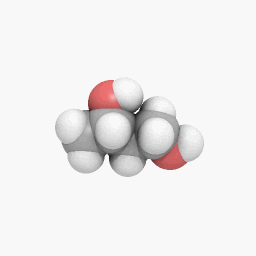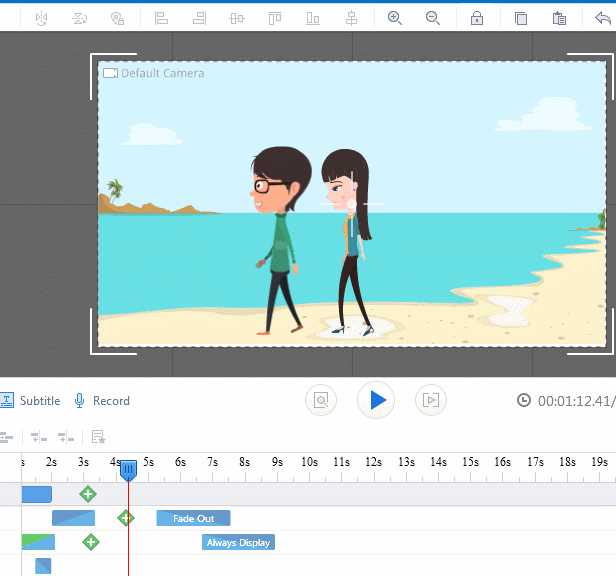

Later we'll provide samples of missing block types whereĪppropriate. Note that not all possible block types are represented in this See the sample file and its corresponding bytes below. We will learn more by walking through a sample GIF file. Secction, in particular, can be repeated any number of times. Every path following theĪrrows corresponds to a valid block sequence. The following railroad diagram shows all of the different types ofīlocks and where they can be in the file. Type, followed by a payload length byte, followed by payload. Length but self-describing they consisting of a byte identifying the block The first twoīlocks are fixed length and fixed format. Originally developed atĬompuServe in the late 1980s, it is now a W3C standard.Ī GIF file is made up of a sequence of data blocks. That’s it! You’ve made your own quick and easy GIF in Adobe Photoshop.The authority on the content of GIFs is the GIF89a specification. Name your file, choose a destination, and click Save.


You can select other looping options manually by selecting Other.įorever is often selected by default. Adobe Photoshop lets you decide if you want your GIF to play through once, three times, or forever. In the bottom left of the Timeline panel, you’ll see a few choices for looping options. Click the Play button to preview how your GIF animation will look. Now you should see a thumbnail of each of your image layers in the Timeline panel. This will convert the images in the Layers panel into individual frames in your GIF. Click that menu icon to bring up a drop-down menu with animation options.Ĭlick Make Frames From Layers. In the top right corner of the Timeline panel, you’ll see a menu icon (four horizontal lines). Convert your image layers into animation frames Now the button will say Create Frame Animation. Click the arrow, and select Create Frame Animation from the drop-down menu. In the center of the Timeline panel, you’ll see a button that says Create Video Timeline, with an arrow next to it. By default, the Timeline panel will open at the bottom of your screen. Next you’ll see all the files you selected, listed in the Load Layers dialog box.Ĭlick OK, and Photoshop will then open the selected images as individual layers in a new document.įrom the Window menu, select Timeline to open the Timeline panel in your workspace. Once all the image files you want to use are highlighted, click OK. Press the Shift key to select multiple images. Click Browse to find the folder you created on your desktop or hard drive that contains the images you want to include in your GIF. From the File menu, select Scripts > Load Files into Stack.

That will make it easier to find them easily in Photoshop.Ģ. Put all of the frames you want to use in a folder on your desktop or a hard drive. Make sure the image size for each of your frames is the same, so double check the pixel count. The more frames you use in your GIF, the smoother the animation effect will be.Ī total of 15-24 still images usually work best. That’s because they make your GIF feel like a short looping video. Time lapse images or images shot in burst mode work the best.
#SEQUENCE PICTURES TO GIF SERIES#
Select which photos you want to use for your GIFįor the best GIF possible, use a series of images taken in rapid succession.
#SEQUENCE PICTURES TO GIF HOW TO#
In this tutorial, we’ll break down the step-by-step process of how to make an animated GIF in Photoshop.ġ. With Adobe Photoshop, you can easily create an original animated GIF file (graphics interchange format) from a series of photos.


 0 kommentar(er)
0 kommentar(er)
